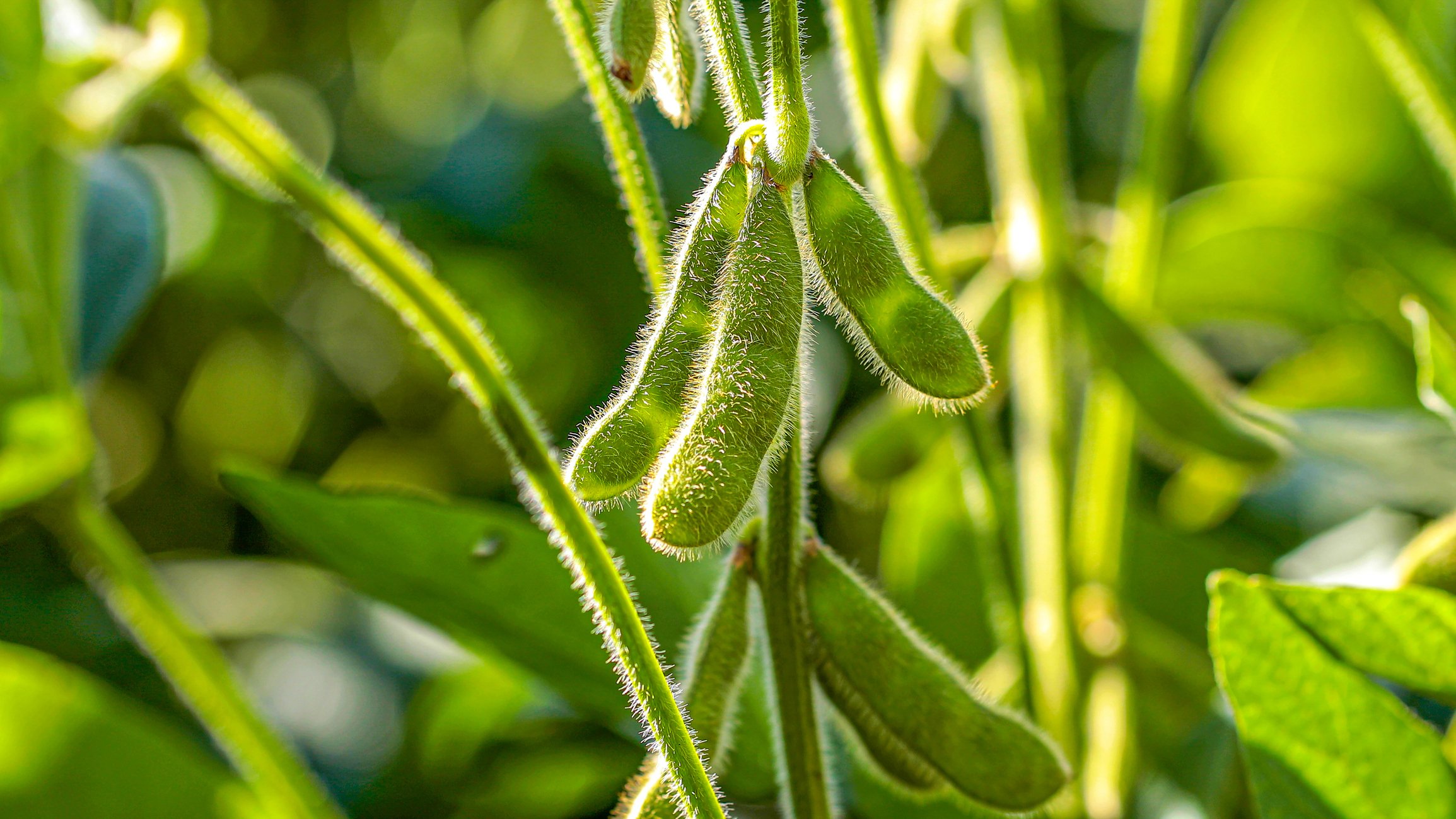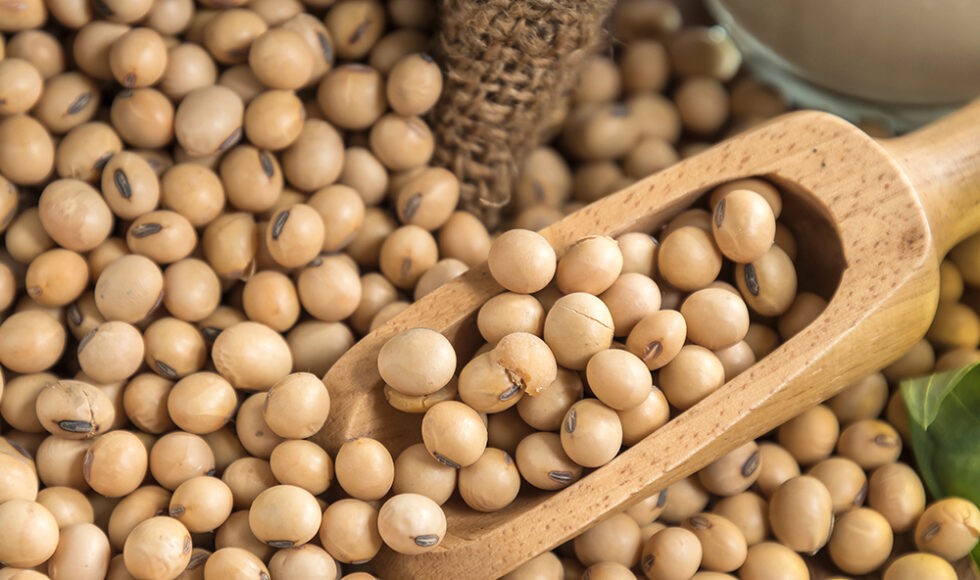
With one in ten hectares of agricultural land dedicated to its growth, soy is one of the world’s most important crops. Its prominence also makes it one of the second largest agricultural drivers of global deforestation. When it comes to negative press associated with deforestation, soy is rarely far from the spotlight. Yet, with global regulations coming thick and fast, the benefits of managing the deforestation risks in your supply chain are clearer than ever. Proving that your soy products aren’t associated with deforestation is essential for securing market access, avoiding fines, improving smallholder livelihood and unearthing new business opportunities in the supply chain.
Unfortunately, when it comes to finding out who is producing what, and who can be held accountable for deforestation in the supply chain, soy can be a mystery. Very little of the soy supply chain is traceable down to the farm level, but the sector is working hard to change that. Furthermore, with the Roundtable on Responsible Soy, the sector now has the right forum in place to turbocharge collaboration and its benefits. Satellite deforestation monitoring is an essential tool for ensuring soy supply chains are sustainable, and can help keep soy in the headlines for the right reasons.
Here Come the Regulators
The EU Deforestation Regulation (EUDR) is a landmark piece of legislation due to come into force from January 2024. Around 32m metric tonnes of soy has been imported into Europe since 2021, and once the law comes into force, every kilogram will have to be subject to stringent deforestation monitoring and due diligence before it enters the market. Companies that bring soy associated with illegal deforestation onto the EU market can also face hefty fines.
Laws like these mean investors and other stakeholders are demanding reliable, independent data on deforestation risks among their suppliers. Working closely with stakeholders in the supply chain and improving traceability and transparency can make sure the soy sector is fully compliant with the latest sustainability obligations, and that companies are able to maintain market access.
Demonstrate Climate Leadership
Success stories are emerging. Initiatives like the Amazon Soy Moratorium, a zero-deforestation agreement that monitors soy deforestation in the Amazon with satellite technology, sets the example of what can be done with new deforestation monitoring technology. Using Satelligence’s satellite monitoring solutions, companies can check and communicate their compliance with legislation, sustainability standards and soy moratoria.
Sectoral alignment can help companies looking to turn their pledges into action through science-based commitments like the SBTi’s FLAG guidance, which tasks agricultural companies with reaching zero-deforestation by no later than 2025.
The success of a recent initiative from major UK retail companies demonstrates the power of cross-sectoral commitments to fighting deforestation. An £9.5m fund from the supermarkets helped them deliver 42,400 tonnes of independently verified Deforestation and Conversion free (DCF) soy to the UK supply chain.
Zoom Out to Zoom In: Gran Chaco
Achieving a deforestation-free global soy supply chain means company’s need to be able to measure down to the farm level. This, in turn, benefits otherwise isolated smallholders in remote regions who are incentivised to adopt more sustainable practices through increased transparency.
Satelligence’s monitoring services are well adapted to the diverse regions where soy is produced.
The Gran Chaco, much like the Serrado, is a savannah with a diverse ecology. The total Gran Chaco covers an area of over 1 million km², and deforestation is estimated at around 25%. As the graphic below illustrates, monitoring and providing insight on land use change in remote areas is Satelligence’s specialty. Though deforestation in Chaco remains a critical threat to the reputation of Argentine agribusinesses, soy production is no longer the main driver.

Satelligence’s platform is tailored to help companies comply with global regulations and commitments, with specific dropdowns and overlays where companies can check their Deforestation and Conversion-Free progress and EUDR compliance. Satelligence’s solutions can help companies develop an efficient, risk-based deforestation strategy and to demonstrate compliance in a cost-effective way across all of their soy sourcing regions. Satelligence also deploys a targeted, trustworthy rapid alerting system, so their clients can engage suppliers with confidence, and capture soy deforestation risks before they get out of control.
Companies should prepare themselves for a world where technological advancements in supply chain transparency, and regulatory compliance obligations, render deforestation in soy supply chains a thing of the past. With investors and other stakeholders making more sustainability-savvy decisions, the soy industry can decouple itself from deforestation and lead the charge to a future of sustainable commodities.
Satelligence’s solutions make it easier than ever for the soy sector to do just that!
